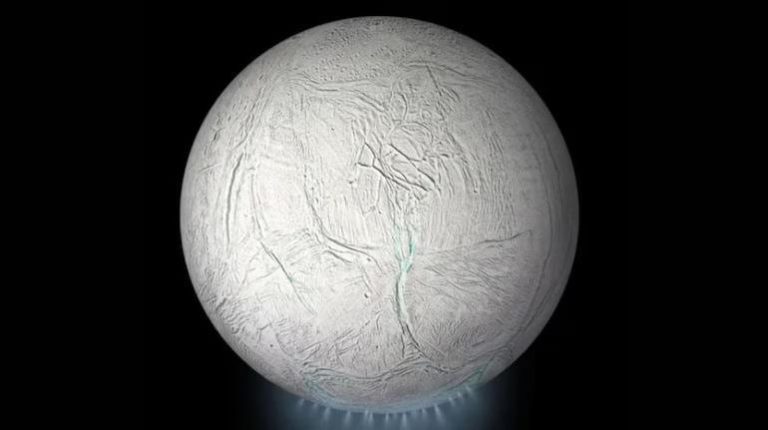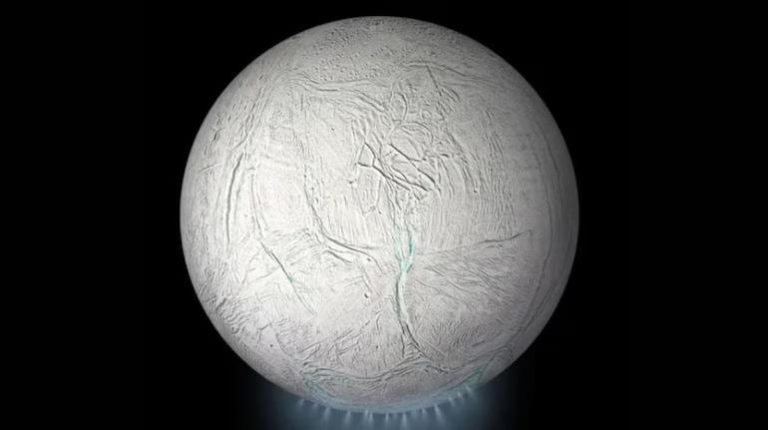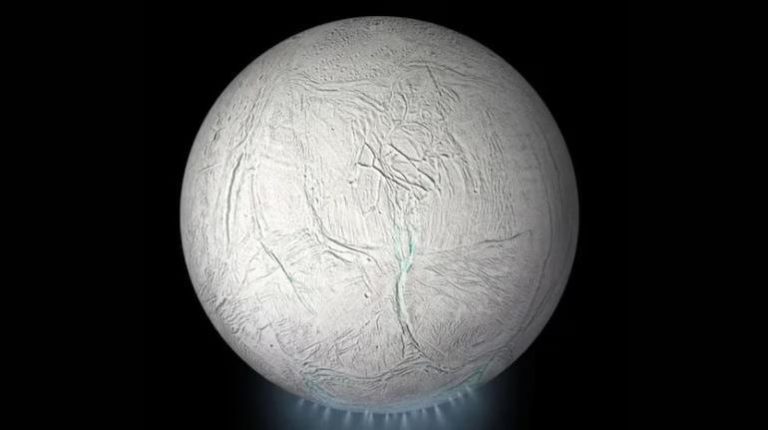
Icy Moons with Boiling Oceans Could Support Life: Study
The search for life beyond Earth has been an ongoing endeavor for scientists, with a significant focus on exploring the possibilities of life existing on other planets and moons in our solar system. While the surface conditions on many of these celestial bodies are inhospitable to life as we know it, researchers have been investigating the potential for life to thrive in subsurface environments, such as beneath the icy crusts of certain moons. A recent study has shed new light on this topic, suggesting that some icy moons with boiling oceans could, in fact, support life.
The study focuses on the unique conditions found on certain icy moons, where subsurface oceans are thought to exist beneath a thick layer of ice. These oceans are warmed by tidal heating, a process in which the gravitational pull of the moon’s parent planet causes friction and heat to build up in the moon’s interior. As the ice shell covering the ocean becomes thinner, the pressure and temperature conditions near the water triple point allow liquid water to turn into vapor, creating a boiling effect.
At first glance, it may seem counterintuitive that life could exist in such an environment. The boiling of the ocean would create extreme conditions, with temperatures and pressures fluctuating wildly. However, researchers suggest that life could still survive deeper beneath the ice, insulated from these extreme conditions. This is because the boiling effect would be most pronounced near the ice-ocean interface, with the water vapor and heat being released into the space between the ice and the ocean.
Deeper in the ocean, the conditions would be more stable, with temperatures and pressures remaining relatively constant. It is in these deeper regions that life could potentially thrive, with organisms adapting to the unique conditions found in these subsurface environments. The insulation provided by the overlying ice would protect these organisms from the extreme conditions near the surface, allowing them to survive and even flourish.
The implications of this study are significant, as they suggest that the search for life beyond Earth should not be limited to planets with surface conditions similar to those of our own. Instead, scientists should also consider the potential for life to exist in subsurface environments, such as those found on icy moons. This expands the range of possible habitats for life, and raises the exciting possibility that we may one day discover evidence of life existing elsewhere in our solar system.
The study’s findings are based on simulations and modeling of the conditions found on icy moons, and highlight the importance of continued research into these unique environments. By exploring the possibilities of life existing in subsurface oceans, scientists can gain a deeper understanding of the conditions necessary for life to thrive, and can develop new strategies for searching for life beyond Earth.
In addition to the scientific implications, the study’s findings also have significant implications for the search for life beyond our solar system. If life can exist in subsurface environments on icy moons, it is possible that similar conditions could exist on exoplanets, or even on other celestial bodies, such as dwarf planets or asteroids. This raises the exciting possibility that the discovery of life beyond Earth may be more likely than previously thought, and highlights the importance of continued exploration and research into the possibilities of life existing elsewhere in the universe.
In conclusion, the study’s findings suggest that icy moons with boiling oceans could, in fact, support life. While the surface conditions on these moons may be inhospitable to life, the subsurface oceans could provide a habitable environment, with organisms surviving and thriving in the deeper, more stable regions. This discovery expands our understanding of the possibilities of life existing beyond Earth, and highlights the importance of continued research into the unique environments found on icy moons.






